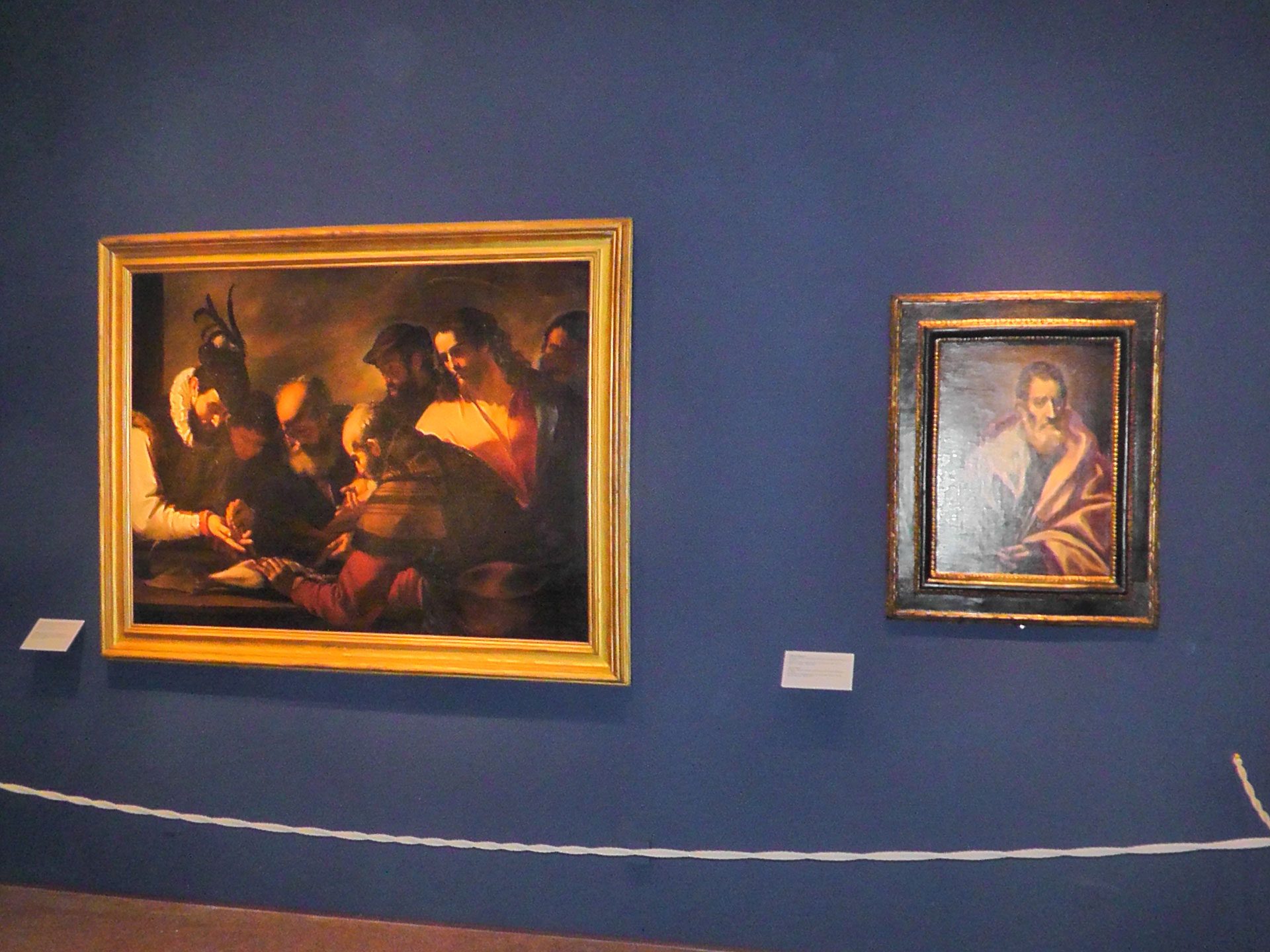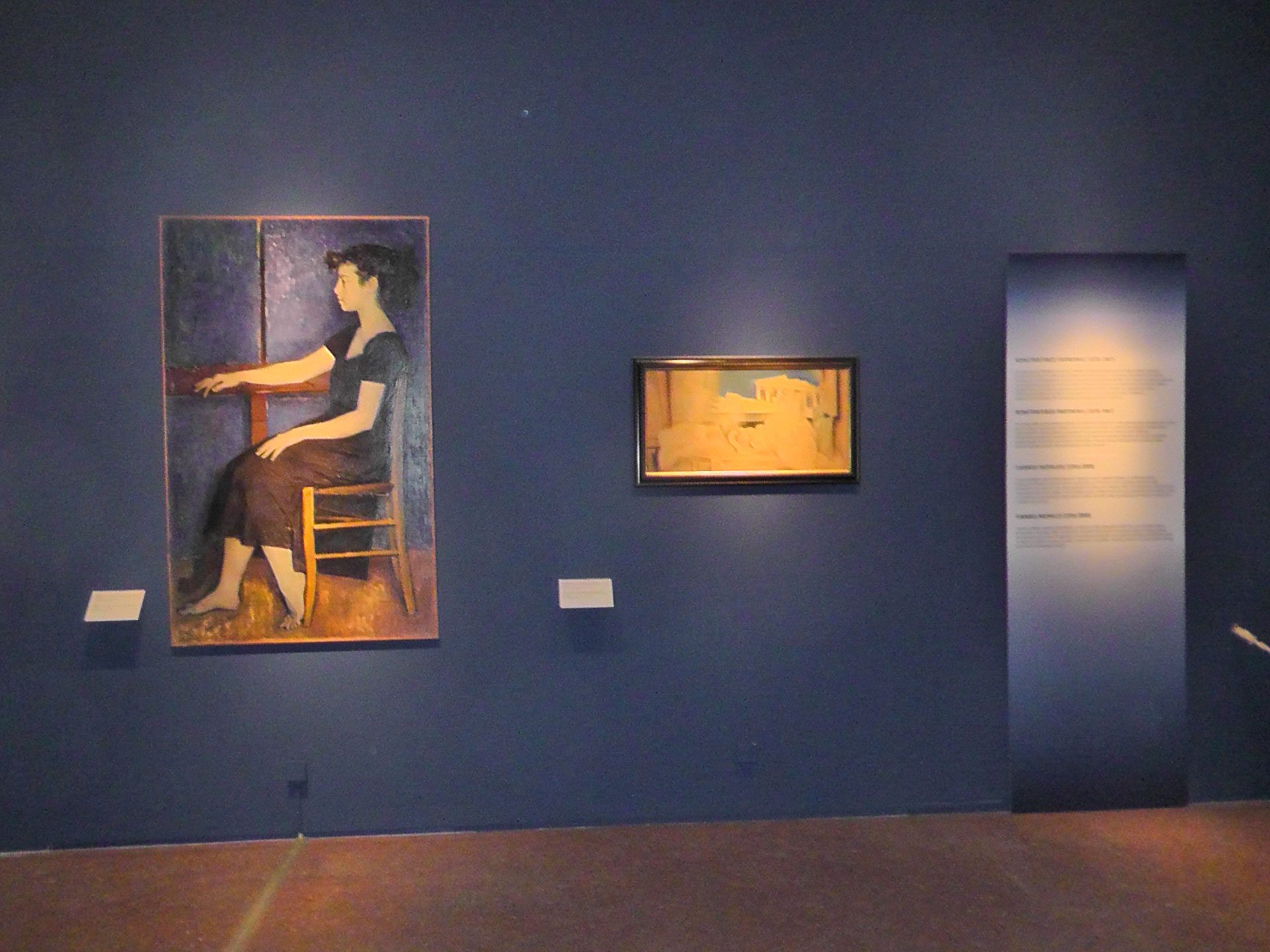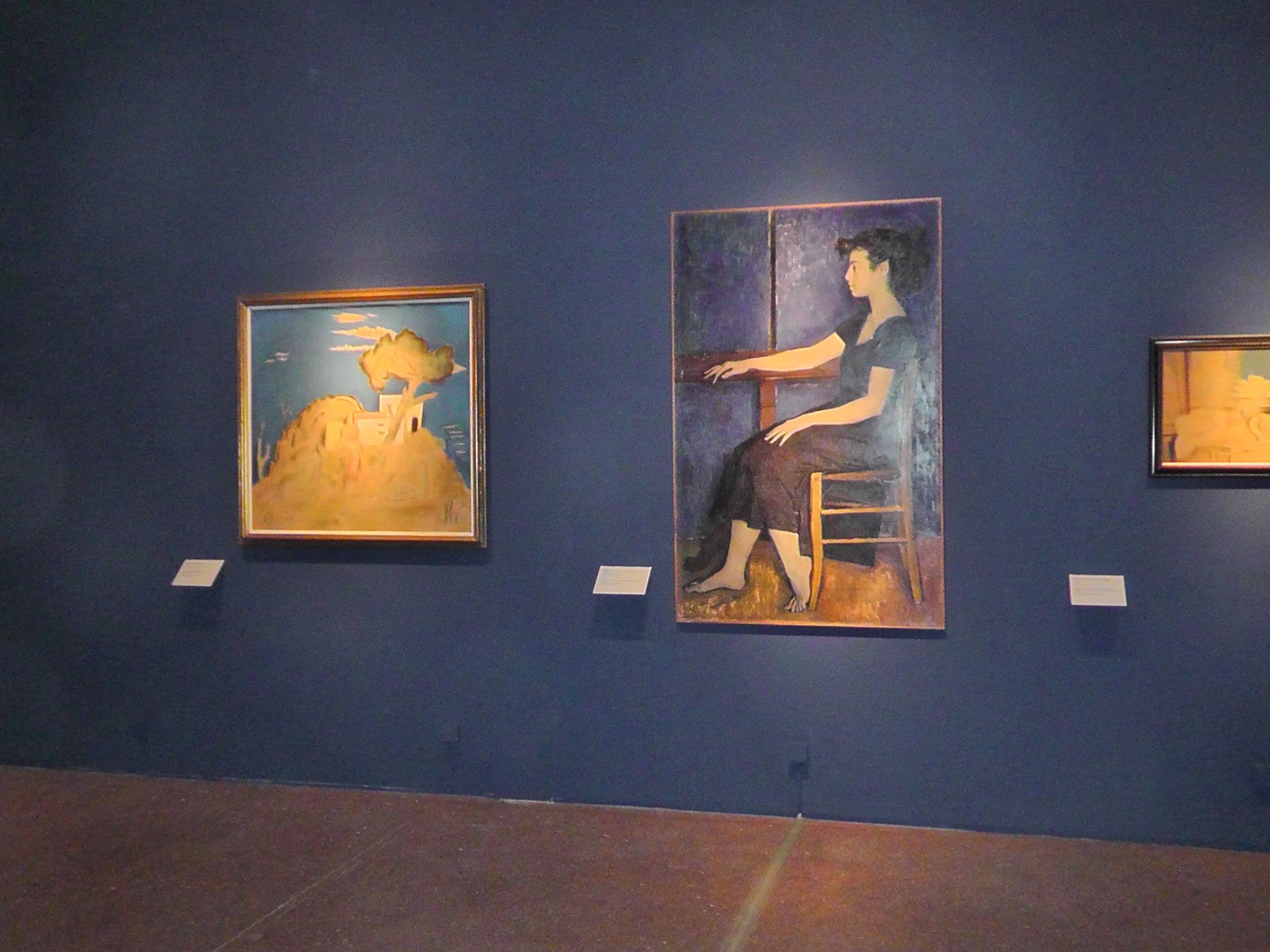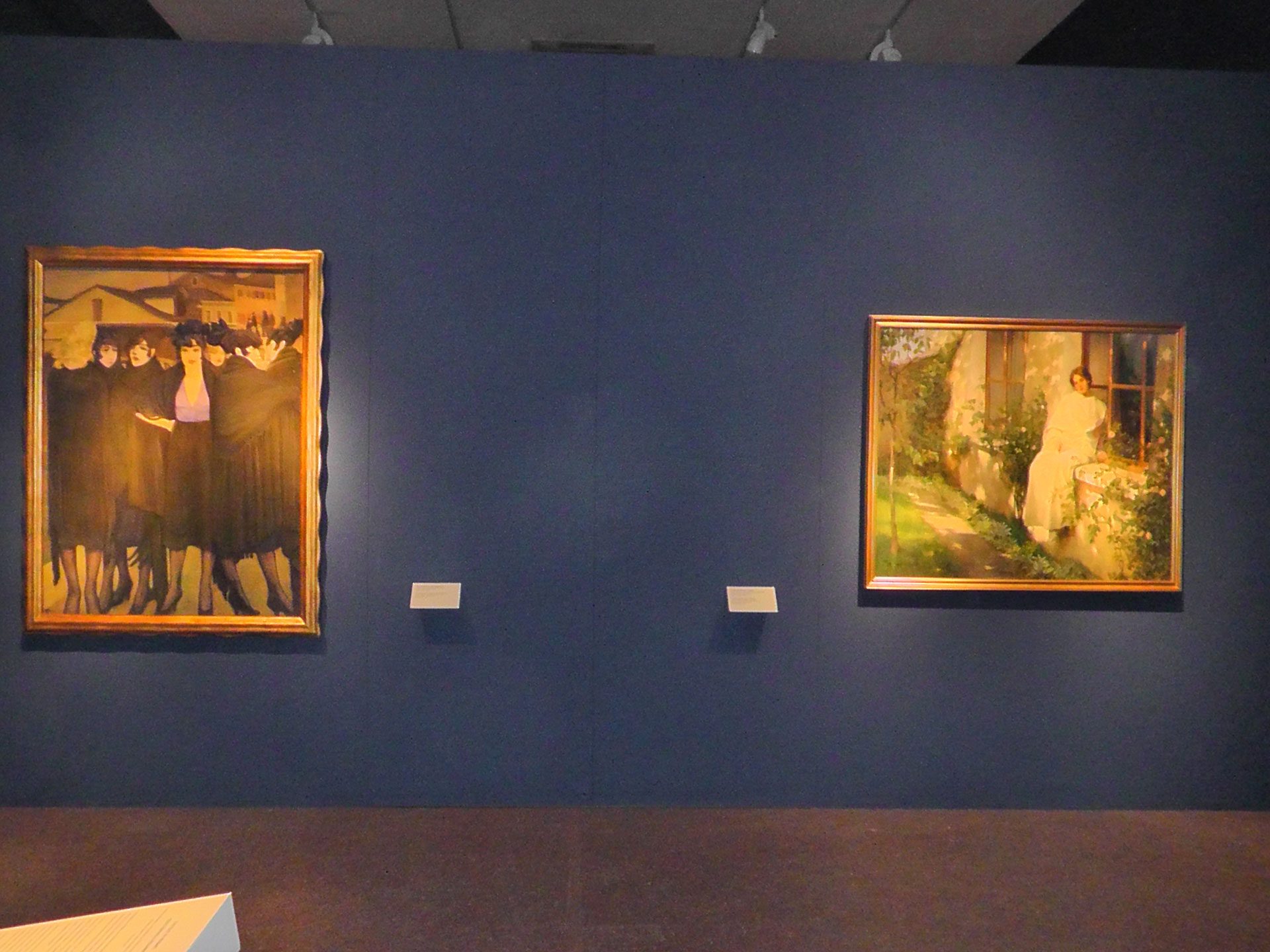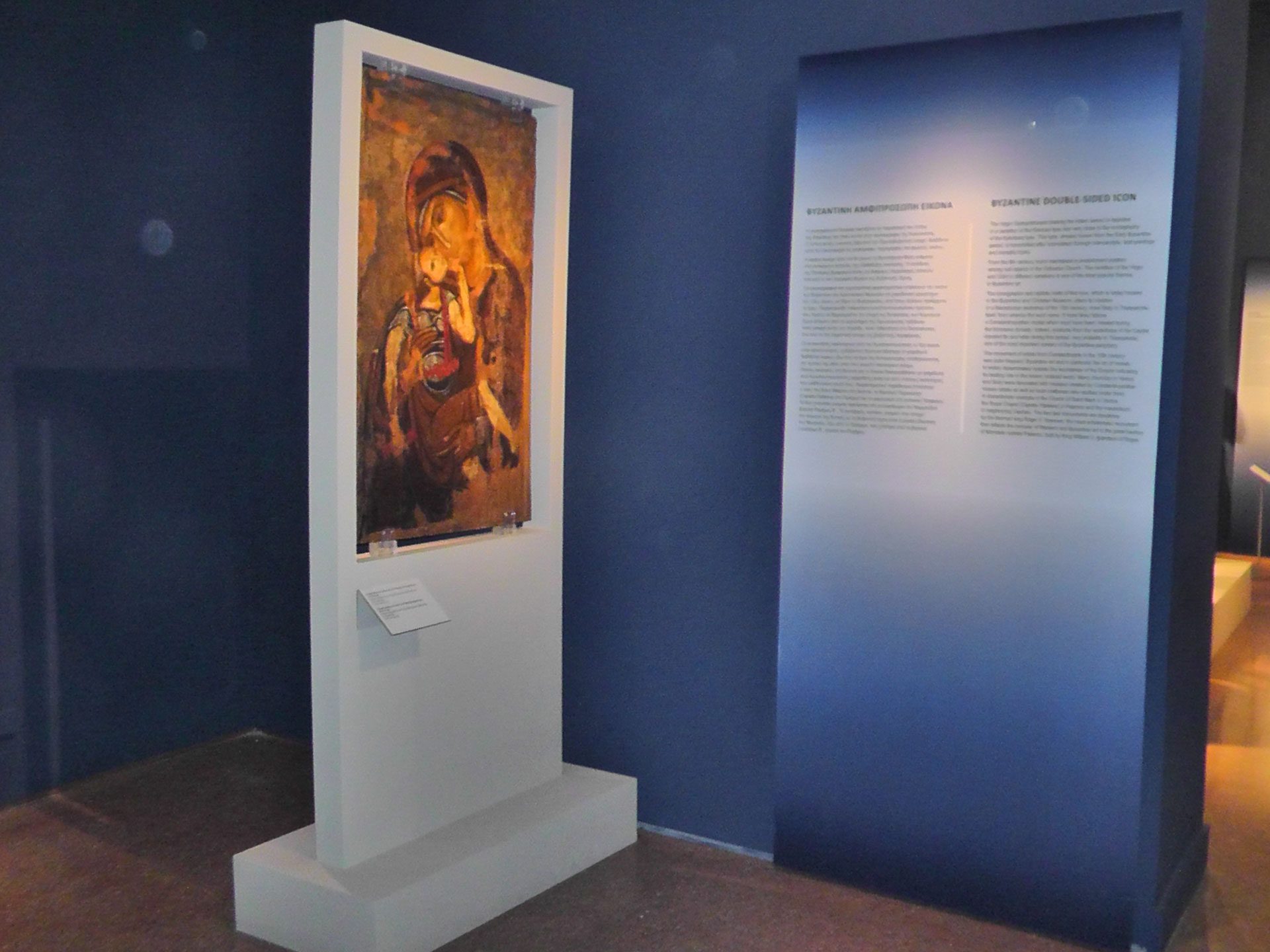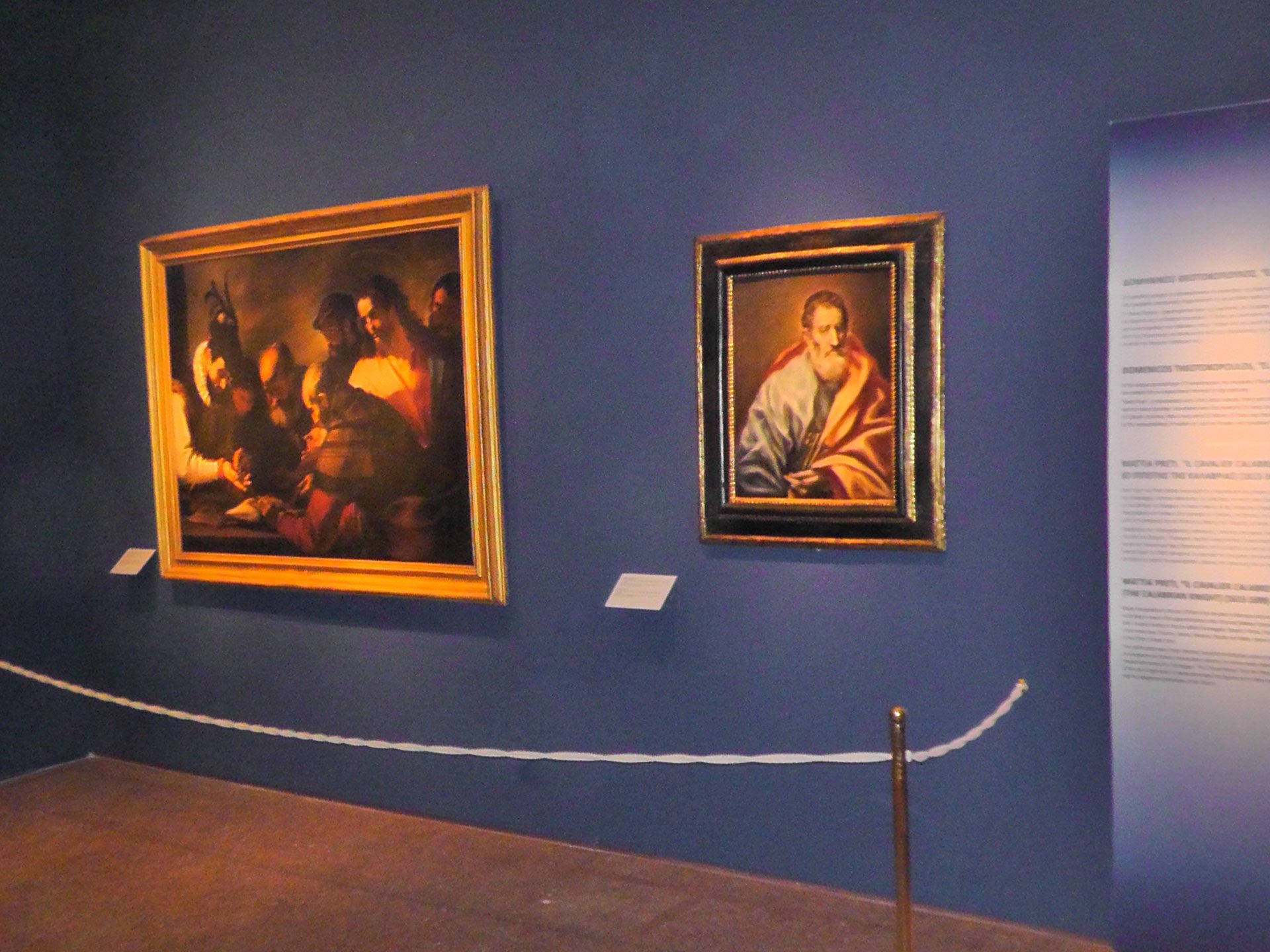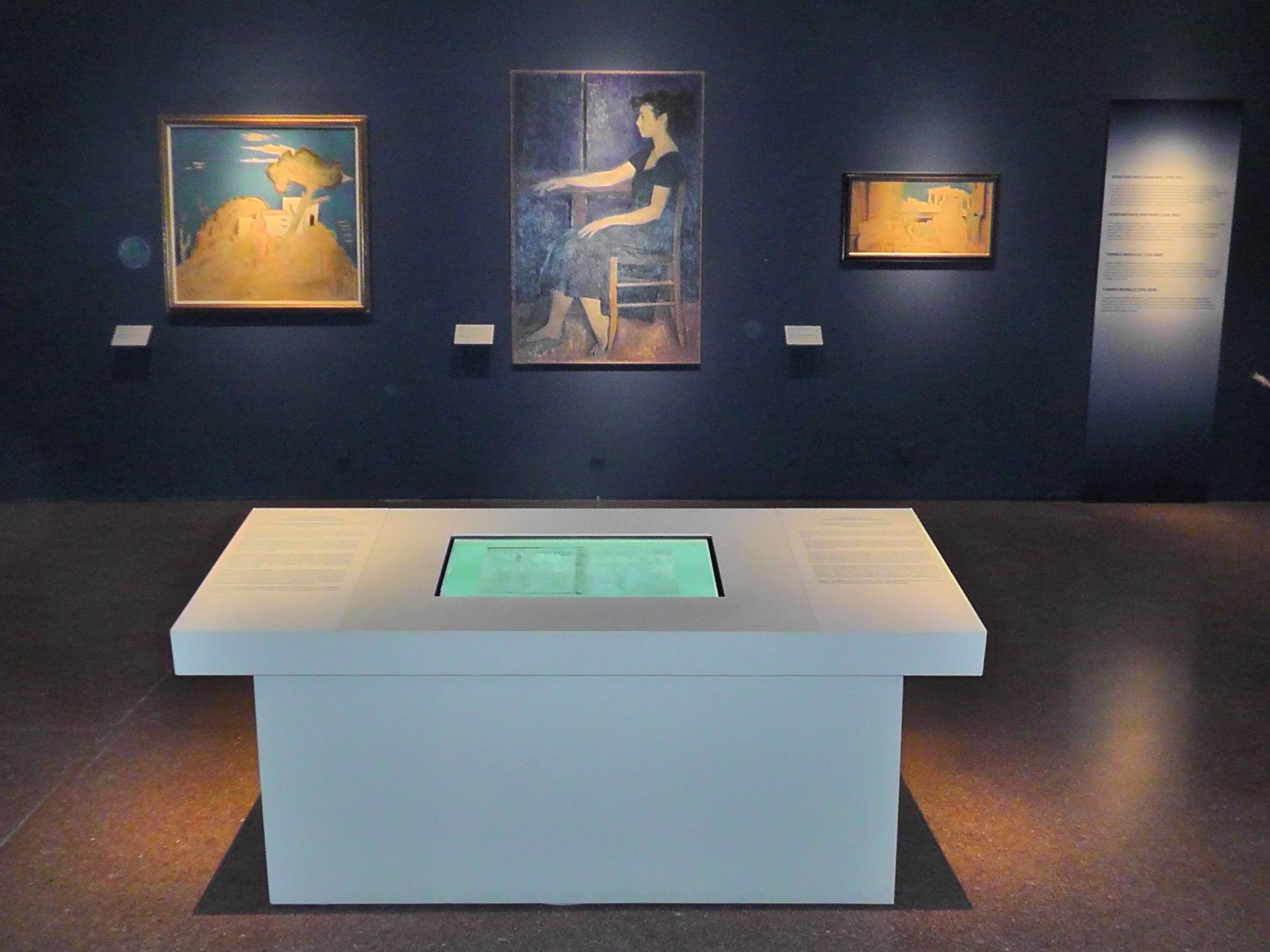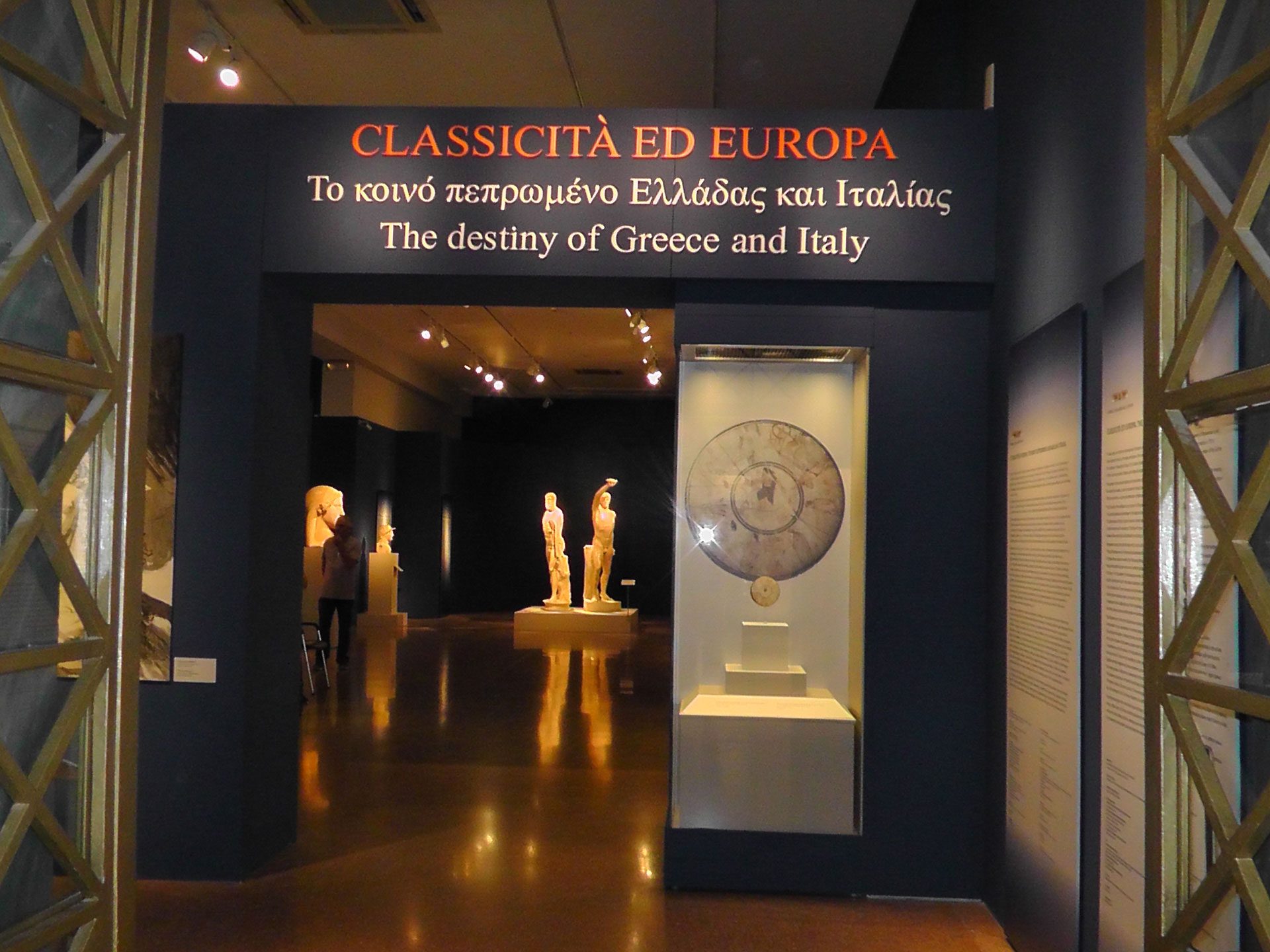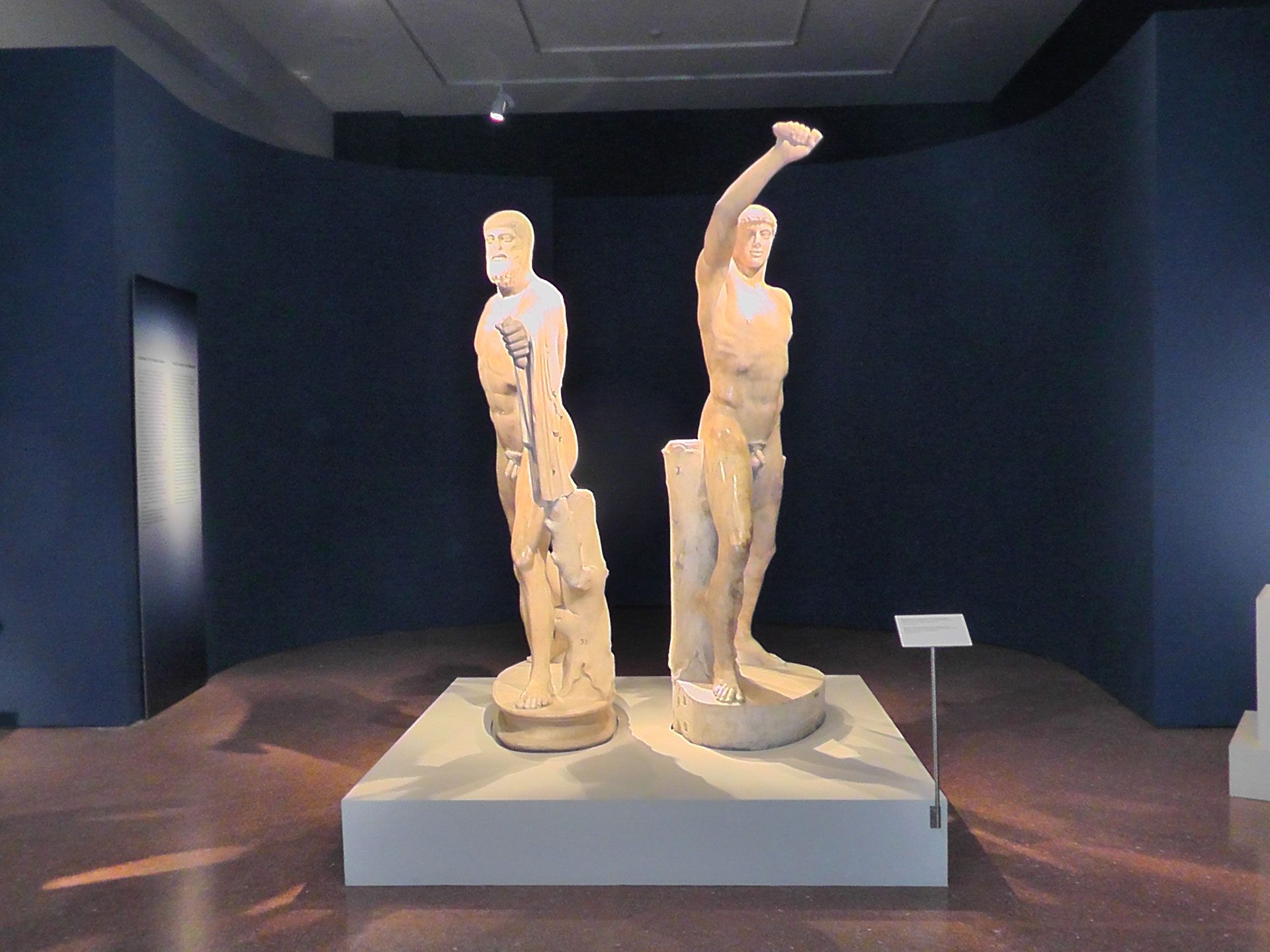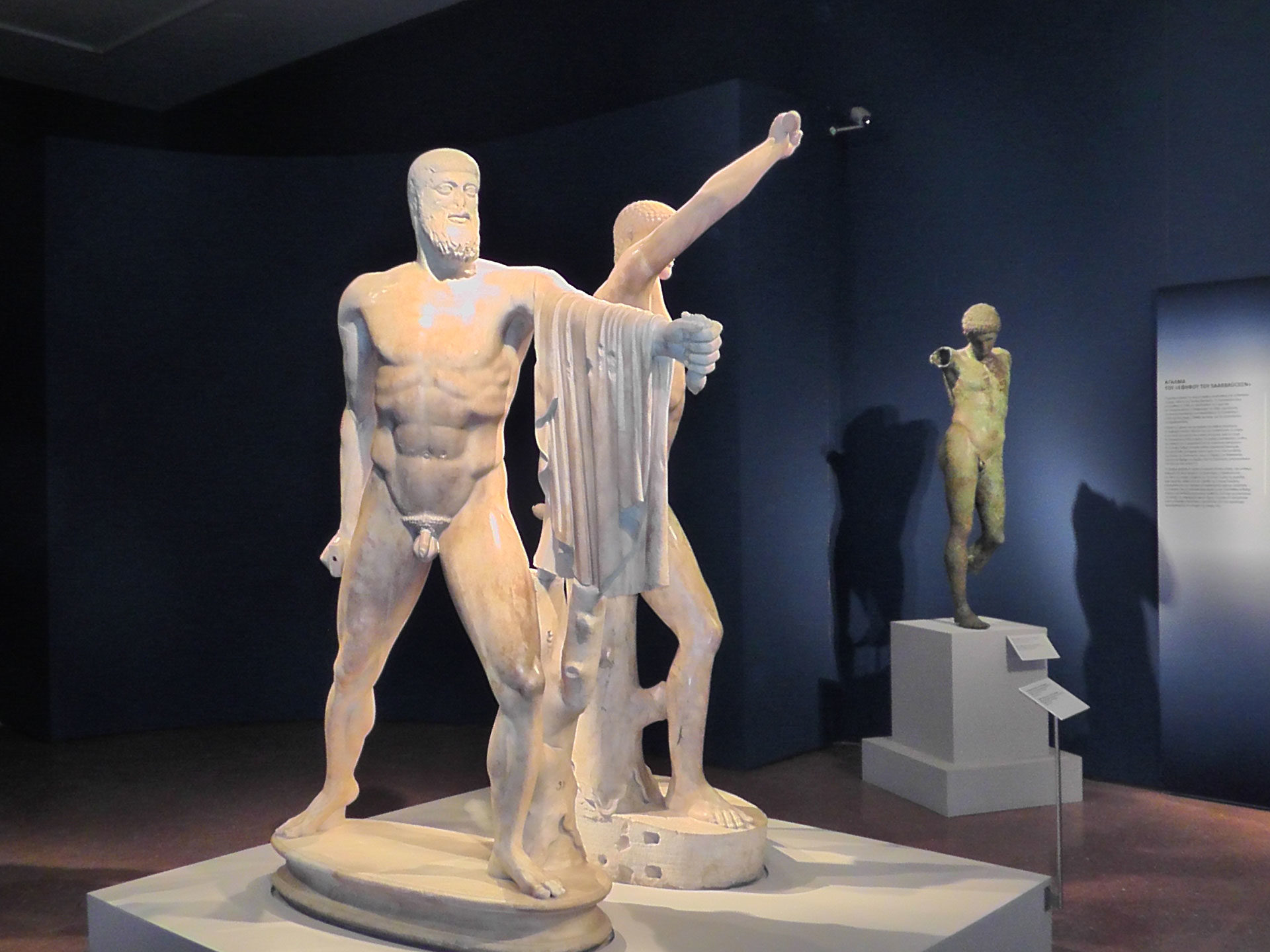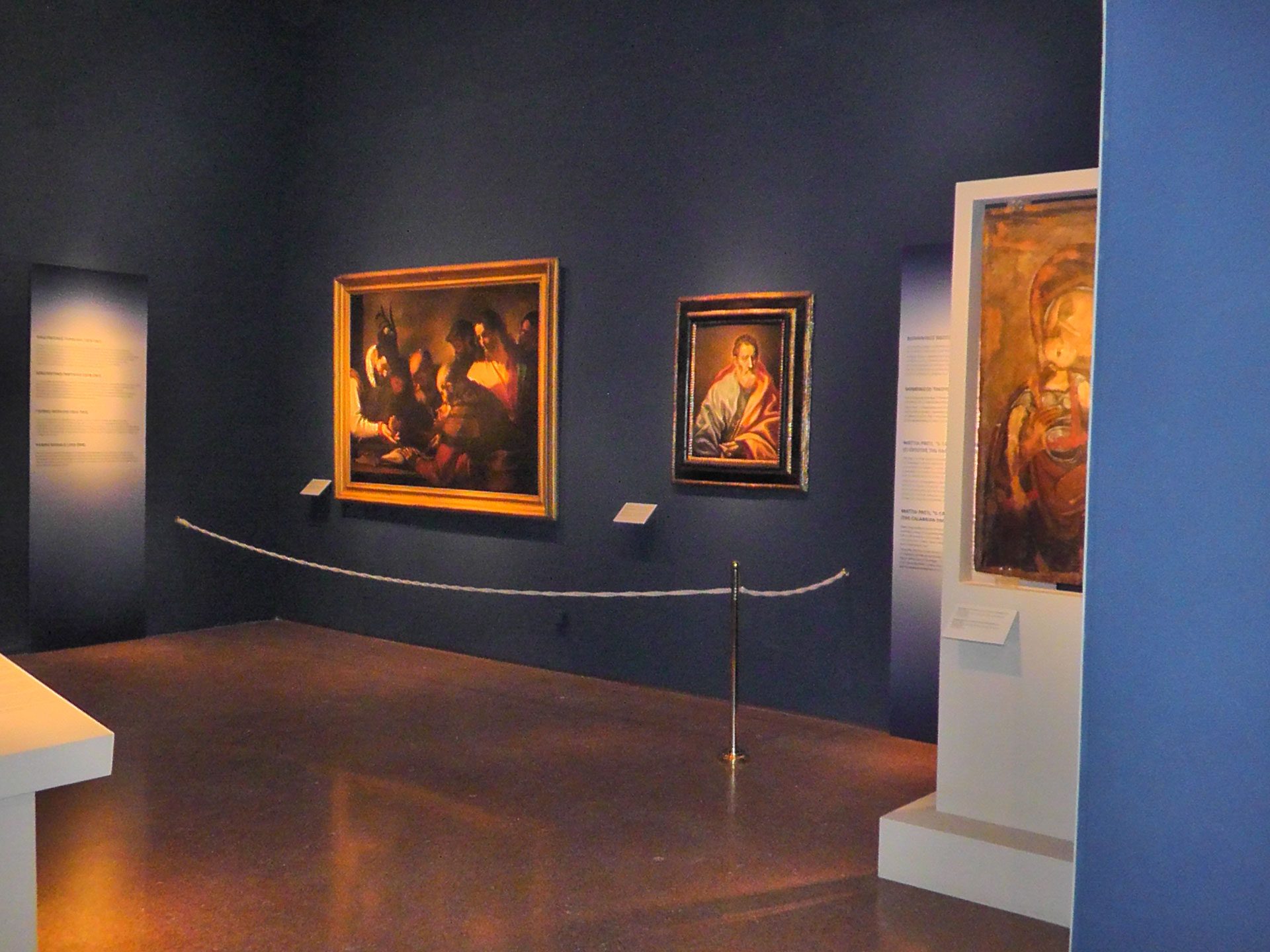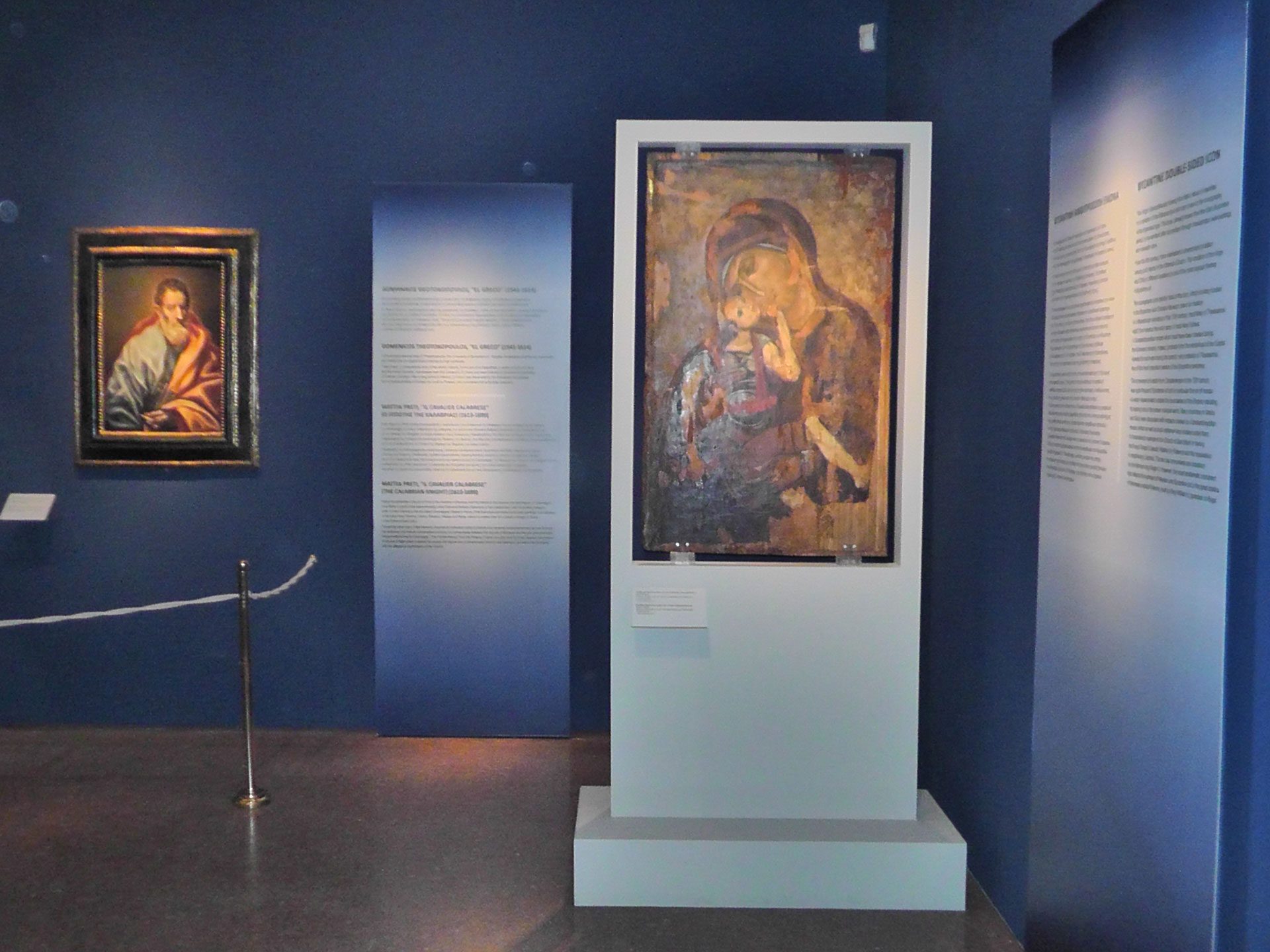AUG 2014
THURSDAY
OCT 2014
FRIDAY
Classicita ed Europa. The common destiny of Greece and Italy.
The successive rotation in the European Presidency of Greece and Italy in 2014, offered the two countries the opportunity to cross paths in the domain of Culture, as both of them have undoubtedly shaped the past and present of the western world.
The exhibition «Classicita ed Europa. The common destiny of Greece and Italy» is the outcome of this fortuitous coincidence.
The carefully selected ancient and recent works of art presented in the exhibition, indicate sometimes clearly and sometimes allusively the essence of the common cultural development of the two countries, something that determined, gave shape to and characterizes what we call European Culture. This European destiny of Greece and Italy, which proceeded together having as common denominator their cultural values, history, religion and art, is that which the present exhibition aspires to narrate, honouring the inquisitive mind, the creative power and continuous interaction of the two countries, as well as the spirit of collaboration and solidarity that ought to underscore the relations of the European Union people. The exhibition was first presented in the Presidential Quirinale Palace in Rome and is currently housed, from 28 of August to 31 of October, in the National Archaeological Museum in Athens.
The 23 artworks of the exhibition span a period of 4.500 years, from the Cycladic civilization of the 3rd millennium B.C. to Greece and Italy of the 20th century. There is representation of the three great prehistoric civilizations, which developed in the Aegean, the Cycladic, Minoan and Mycenaean one. Emblematic works of the end of the 6th century B.C., such as the Kore from the Acropolis or the Euphronios krater, display the evolution of the Greek thought and aesthetics towards Classical perfection. Among them, the relief of «Thinking Athena» with the pensive expression becomes especially relevant in our days, as it denotes the scepticism which should be adopted in relation to modern ambiguous, political circumstances throughout Europe, while her spear reminds us that we should be vigilant about keeping all those that were conquered through the struggles of the past. Other works stand as eloquent evidence of the trade of antiquities and artwork collection that flourished as much in Antiquity as in modern times. In this sensitive domain, Greece and Italy are aligned with each other and set the pace for the combat against illicit trafficking of antiquities and for the «repatriation» of stolen cultural goods to their homeland. The supreme value that the ancient Greek civilization bequeathed to the centuries, democracy, features in the «Group of the Tyrannicides», which justifiably is the nodal point of the exhibition, being the ultimate symbol of the fight against tyranny and, moreover, the first monument of political character to be erected in a public place in Europe.
Leading us to the salvatory aspect of Christianity, which was blended into the ancient Greco-Roman civilization introducing the new era, is the icon of Glykophilousa (Sweetly Kissing) Holy Mother, with her human and tender gesture, as well as the fascimile of the Rossano Gospels, the oldest illuminated manuscript of the gospels. The achievements of Byzantine art, Venetian Renaissance and Roman manierism are illustrated in the paintings of Domenikos Theotokopoulos or El Greco and Mattia Preti, while elements of Classical antiquity and Byzantium are assimilated into the personal style and artistic pursuits of 20th century masters, such as Giani and Cadorin, Moralis and Parthenis.
The exhibition was organized with the collaboration of the Presidency of the Italian Republic and of the Hellenic Republic, and the Ministries of Foreign Affairs and Culture of the two countries. The scientific supervision of the exhibition was undertaken by Maria Andreadaki-Vlazaki, General Director of Antiquities and Cultural Heritage and Louis Godart, Advisor for the Preservation of the Cultural Heritage, while the coordination and general supervision is the work of George Kakavas, Director of the National Archaeological Museum. The masterpieces that are on display come from the National Archaeological Museum, the New Acropolis Museum, the Archaeological Museum of Herakleion, the Byzantine and Christian Museum, the National Gallery – Alexander Soutsos Museum, the Capitolium Museums – Centrale Montemartini, the National Etruscan Museum of Villa Giulia, the National Roman Museum – Palazzo Altemps, the Ancient Art National Gallery of Palazzo Corsini, the National Archaeological Museum of Napoli, the National Archaeological Museum of Rhegiun and the National Archaeological Museum of Taranto. The exhibition is accompanied by an extensive catalogue in Greek and in English, a Hellenic Ministry of Culture – Archaeological Receipts Fund publication.
Inauguration of exhibition: Wednesday, 27 of August 2014, at 19.30 hours (admission by invitation only).
Official geetings, musical programme with Mavrikios Mavrikiou, tour of the exhibition and reception in the patio of the Museum.
Exhibition duration: 28 of August to 31 of October 2014.


